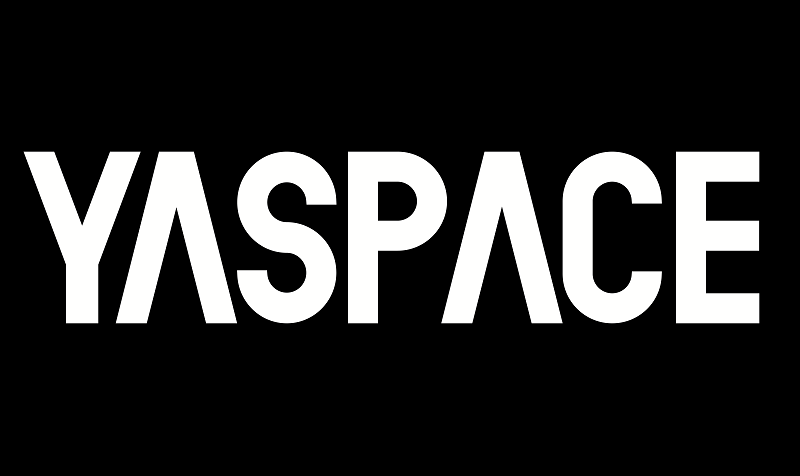Nagel: imagination and space
Andrés Nagel (San Sebastián, 1947) studied architecture, and some traces of this experience remain in his drawings, engravings and, probably in a more outright manner, in his conception of space, both in his paintings and in his sculptures and objects. Undoubtedly, he has gone beyond this learning and has used it to serve his purpose in a way that is far beyond all utilitarian sense.
The first thing that stands out in Nagel’s work is the variety and the spirit of quest that inspires it. He is not an easel painter, neither do his sculptures stay within the limits imposed in the exploration of the possibilities of stone, wood or iron: he is an artist with a bricoleur’s soul, who browses equally around museums and rummage sales.
Going through his already long career (more than thirty years of creative activity, with works located at important collections and museums) means witnessing, on the one hand, his reading of tradition, about which we'll make a few comments later, and, on the other hand, how he endlessly abandons paths in order to find his own.
This quest through materials and forms, through the breaking of the traditional ideas on paintings and works is characteristic to Nagel’s artistic adventure to the point that one could declare he is faithful only to this quest of the object, of imagination and space.
Many artists, to set a single example, would have kept exploring the “series” on musicians for years. True, it could be said that these works are among the best of his career. But, in spite of their importance, it couldn't be maintained that they are representative of his artistic development, as the main feature in Nagel is the tension between the accomplished work and the new space to be delved into, always unprecedented. I think this tension between the parts and the whole, between the accomplishments and the ceaseless quest, marks an essential attitude of the Basque artist: his strong belief in the present moment, in the fact that the creative work is based, in his case, on an exaltation of the new object, of the one that his imagination is able to discover today, placing it, if only until the arrival of another piece, at his focus of attention.
Fernando Huici has talked about “metaphoric delirium” in connection with Andrés Nagel. One must add that this is a critical delirium and that his metamorphoses are often derived from existing pieces. Nagel takes certain works and transforms them; he reads them again, at times from the opposite angle.
In this sense, and given his lack of a centre —except as mentioned— one could talk about a baroque attitude, but only in order to beset an oeuvre that constantly escapes classification. Andrés Nagel subordinates his metamorphic gaze to real space and to his metaphors (works of art) —a gaze that is also ironical, capable of parodying tirelessly. Maybe it could be said that his way of seeing artistic traditions is parodic, or ironic, as if he couldn’t recognise himself in any of the previously existing ones, but neither could he believe in obtaining a particular view of his own invention. His gaze grasps objects and processes that transform themselves into pieces expressing pessimism and a love of playing.
A son of modernism after all, Nagel abandons his outcomes in other gazes, in other objects and gestures, a dealer in space.
